Definition:
Pump is a device which moves fluid from one location to another by means of suction or pressure.
Types of pumps:
“Pumps are primarily classified into two categories according to the principal of energy addition”.
One is kinetic pumps where energy is continuously added to the liquid to increase its velocity. Subsequently the velocity is reduced which increases the pressure of liquid.
The other one is Positive displacement pump where energy is added periodically by direct application of force to one or more movable volumes of liquid. This direct application of force increases the pressure of liquid to a value required to move through the ports in discharge line.
Below is a broad classification of types of pumps.
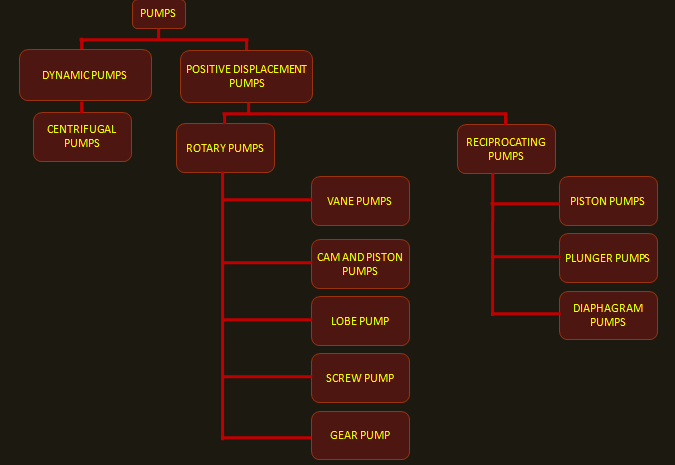
Please note -There are many pumps available which have working principle other than these mentioned below but are not covered here, as they are used rarely or used in special condition in process application.
In this post we will discuss about the centrifugal pumps
“Ansi/Api standard-610 specifies the requirements for centrifugal pump for use in oil and gas industries”
Centrifugal pumps:
The pumping liquid is first drawn into the suction nozzle and then to a high speed impeller inside the casing. The impeller forces the liquid outwards increasing its velocity and pressure. Now this high velocity liquid goes through the diffuser inside casing. The diffuser is shaped with continuous increasing area. When high velocity fluid passes through this increasing area the velocity decreases which in turns increases the pressure further.
The impeller forces the liquid outwards which create a void or reduced pressure area. The pressure at pump inlet and suction pipe is higher than this and liquid moves to fill the void and the cycle continue. But if the suction pipeline contains non-condensable gas like air, then the pressure reduction as mentioned earlier merely causes the gas to expand and suction pressure does not force liquid into the impeller inlet. No pumping can be done unless the non condensable gas is first eliminated through a process well-known as priming of pump.
“With the exception of self priming centrifugal pump, Centrifugal pumps are not inherently self-priming if they are Physically located at higher level than the level of liquid to be pumped”
“According to shaft location Centrifugal pumps can further classified into three categories- Horizontal centrifugal pump, Vertical inline pumps & Vertical can type pumps”
- Horizontally centrifugal pumps:
These pumps have the shaft horizontally placed either overhung or placed between bearings. It’s widely used as they are easier to install and maintain.
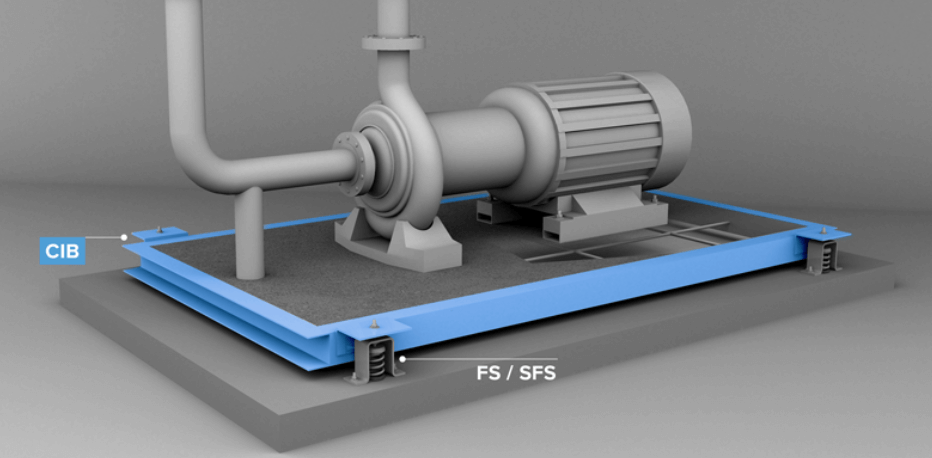
Several nozzle configurations of ends are possible to suit external piping requirement as noted below.
- Top suction Top discharge
- End suction Top discharge
- Side suction Side discharge
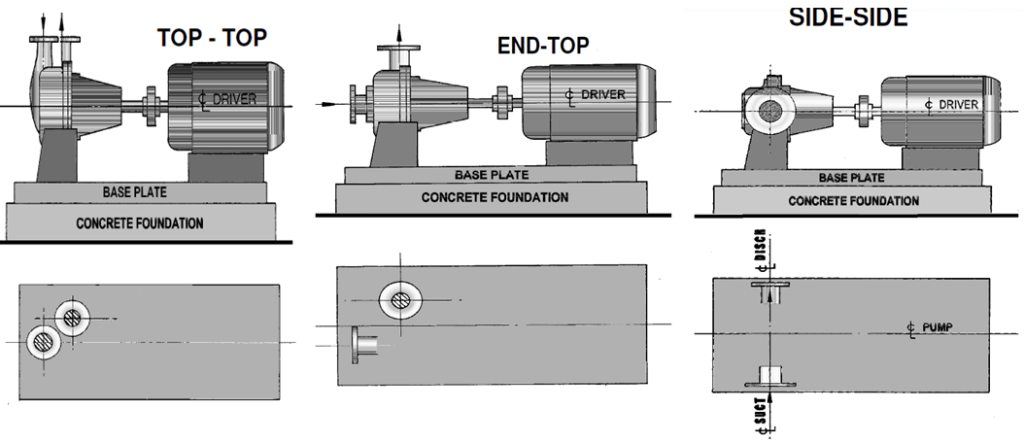
2. Vertical inline pumps:
These pumps have the shaft vertical. The pump is installed in the piping system the same way as for an inline valve. Pumps with 25 hp or less can be supported from pipe and supports from grade. Larger inline pumps need a smaller foundation.
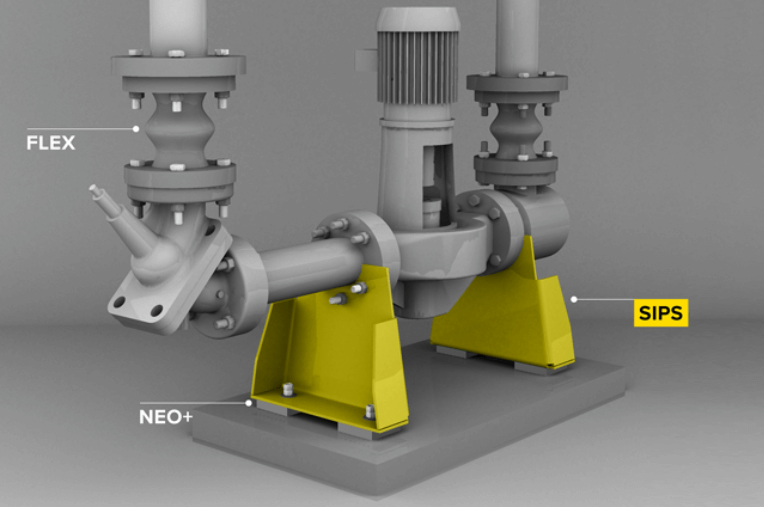
3. Vertical can type pumps:
These type of pumps are specified when the NPSH available will be inadequate for other type of pumps. Here the vertical pump is installed on a sump or a barrel with impeller inside. The fluid will fill the barrel and by the action of impeller it is forced out through a nozzle placed aboveground.
“According to impeller location Centrifugal pumps can further classified into two categories-overhung & between bearing”
1.Overhung impeller type:
The impeller is mounted on the end of a shaft which is “overhung” from its bearing supports. An example can be seen in close coupled pumps where the impeller is mounted directly on motor shaft and in separately coupled pump where impeller is mounted on a separate pump shaft.
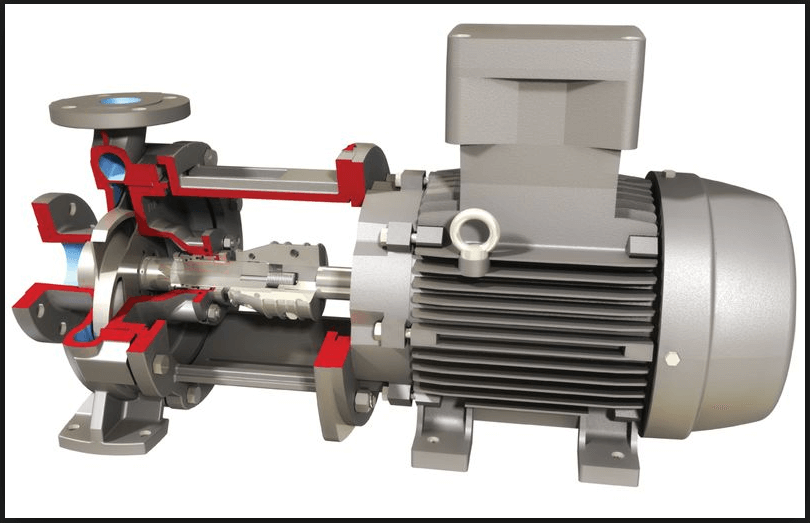
2.impeller between bearing type:
The impeller is mounted on a shaft with the bearings at both ends. An example can be seen in Horizontal Split Case pumps (where casing is opened horizontally for access to internal parts) and Vertical Split Casing pumps (where casing is opened vertically for access to internal parts) . Below are snaps of both these type of pumps. Notice the impeller position in both of them.
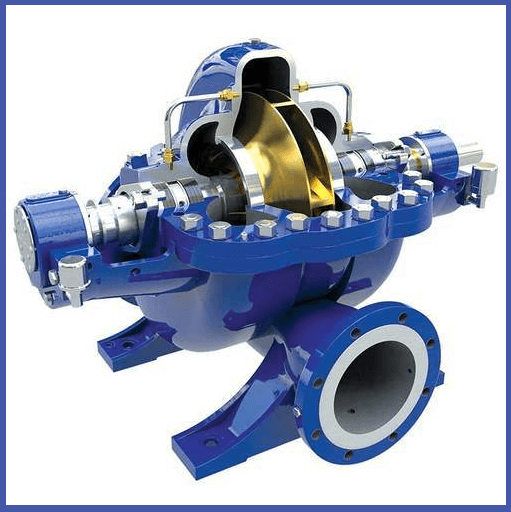
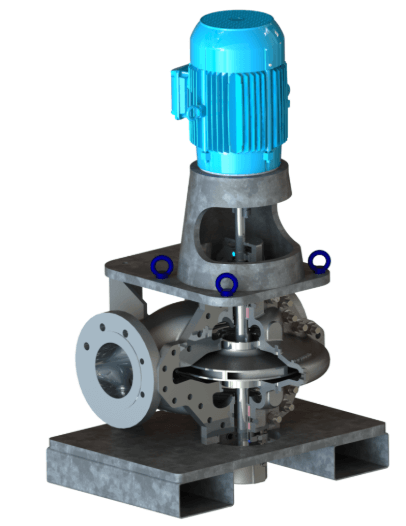
“According to flow path of the liquid inside pumps can be classified into three types- radial, axial &mixed flow type“
1.Radial flow pump:
Flow enters along the longitudinal axes and is expelled in radial direction almost vertical to the flow path.
2.Axial flow pump:
Flow enters along the longitudinal axes and leaves straight along the same axes.
3.Mixed flow pump:
Flow enters along the longitudinal impeller axes and leaves in both radial and axial direction. This is a hybrid of the two types of pump mentioned above. See below figure which depicts above three categories of pumps
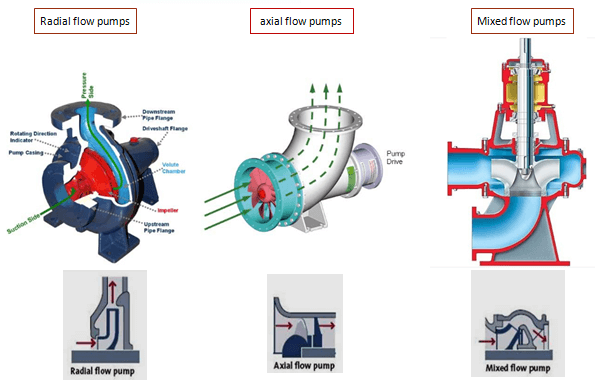
“According to number of impeller arrangement pumps are classified into two types- single & multistage”
1.Single stage pumps
These pumps have a single impeller.
2.Multistage pumps
These pumps have two or more impeller. The multiple impellers of a multistage centrifugal pump are all installed on the same shaft, and essentially act like separate pumps. This mean that as the flow progresses from one stage to the next, the head increases approximately by the same amount, resulting in the multistage pump design having much higher pressure capabilities. With the above in mind, multistage centrifugal pumps are often selected when the pressure requirements of the application exceed the capabilities of a single stage pump.
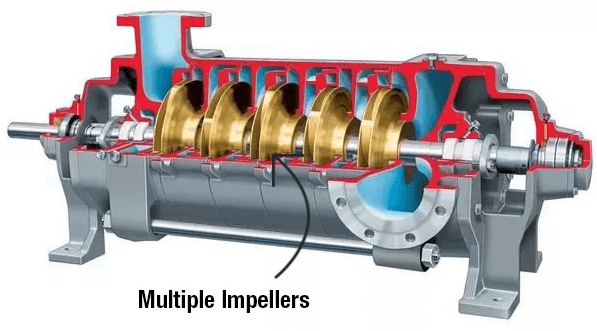
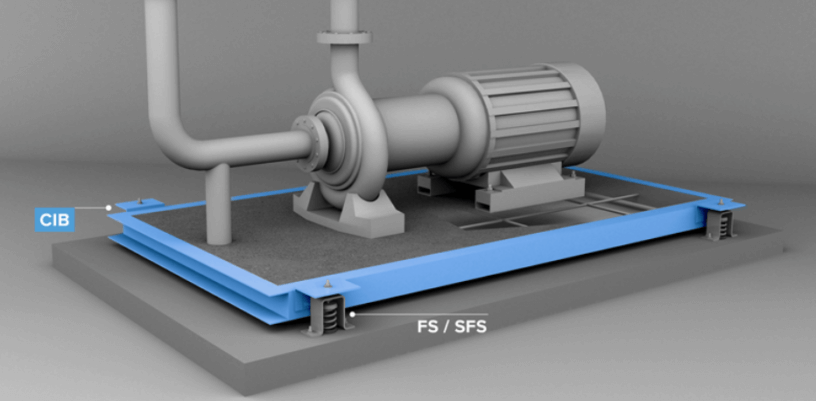
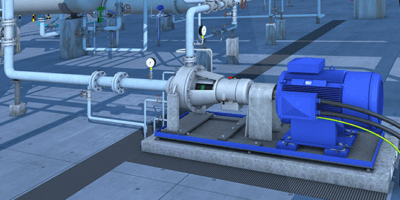

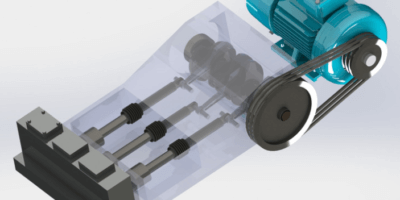
Leave a Reply